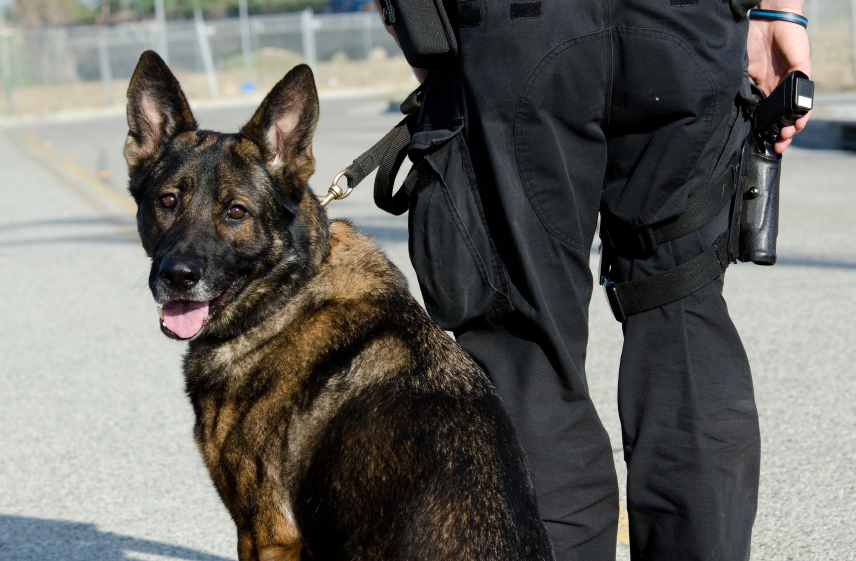Essential Pet Training Methods for a Lifetime of Good Behavior
Effective pet dog training is fundamental to promoting a mannerly buddy that enriches our lives. Vital methods, such as positive support and constant command training, not only improve obedience but likewise reinforce the bond between proprietor and pet. Understanding canine behavior and employing socializing strategies can protect against prospective problems before they arise. Nevertheless, the journey doesn't end with fundamental commands; addressing behavior obstacles requires a nuanced approach that numerous forget. What are the vital components that can change your training experience and guarantee lasting results?
Recognizing Canine Habits

Moreover, recognizing the inherent impulses and drives of a pet dog-- such as prey drive, social interactions, and territorial actions-- allows trainers to prepare for and manage specific habits. A dog with a strong prey drive may need different strategies than one that is more socially inclined.
Additionally, very early socialization and exposure to different settings substantially affect a canine's actions and personality. Positive experiences throughout essential developing periods can bring about well-adjusted adult pets, whereas negative experiences may cause stress and anxiety or aggression.
Favorable Support Methods
Among the various pet dog training techniques, favorable reinforcement approaches stand apart for their effectiveness and ability to strengthen the bond between dog and trainer (Ohana K9 Academy). This method highlights rewarding desired behaviors rather than penalizing undesirable ones, promoting a more participating and trusting relationship
Positive support can take numerous forms, consisting of deals with, praise, playthings, or play. The key is to supply prompt benefits when the dog exhibits the preferred actions, allowing them to make the connection in between the activity and the positive end result. As an example, if a canine rests on command, providing a treat today enhances that behavior, making it more probable to be repeated.
Uniformity is critical in positive reinforcement training. Fitness instructors need to utilize the exact same cues and benefits to prevent puzzling the canine. Additionally, varying the benefits can maintain the pet dog's interest and inspiration, transitioning from regular treats to periodic praise or play as the dog masters the habits.

Fundamental Command Training
Structure on the structure established via positive support techniques, fundamental command training serves as an important step in creating an accommodating canine. This training usually includes important commands such as "sit," "remain," "come," and "down - Ohana K9 Academy." Each command plays an important function in cultivating effective interaction between the pet and its owner, improving the total bond
To launch fundamental command training, choose a peaceful setting free from interruptions. Begin with brief, concentrated sessions lasting no more than 5 to 10 minutes to preserve your dog's interest. Make use of high-value deals with as benefits, ensuring the pet dog associates proper habits with positive end results. When showing a command, make use of a clear, constant verbal hint gone along with by hand signals to strengthen understanding.
Patience is crucial; canines may call for countless repeatings to understand commands fully. Progressively raise the intricacy by presenting variations or disturbances as soon as your pet dog accurately reacts. Regular practice enhances have a peek at this website discovered commands, strengthening them in your pet dog's habits repertoire. Ultimately, standard command training not only fosters obedience but additionally enhances security and facilitates satisfying interactions during strolls and playtime, preparing for even more innovative training strategies in the future.
Socializing Methods
In the world of pet dog training, socialization methods are crucial for growing a well-adjusted and positive canine friend. Efficient socializing involves revealing your canine to a variety of environments, individuals, and various other pets in a controlled and favorable manner. The main purpose is to aid your pet develop a convenience degree with varied experiences, which can dramatically reduce fear and anxiousness in unfamiliar circumstances.
Begin socialization during the critical developmental home window of 3 to 14 weeks, when young puppies are most responsive to brand-new experiences. Introduce your pet to different settings, such as parks, city locations, and homes with various other animals. Make certain these encounters are favorable by using deals with and praise to strengthen great actions.
Team training courses are an excellent means to reveal your pet dog to various other canines and people in an organized setting. This permits monitored communications, aiding your pet learn ideal social signs. Routine trips and playdates with genteel pet dogs can even more improve social skills.
Dealing With Behavioral Concerns
Addressing behavioral problems in canines is a critical element of training that calls for an organized technique and understanding of canine habits. Common problems such as barking, chewing, aggression, and anxiousness can come from numerous factors, including lack of socialization, insufficient exercise, or also clinical problems.

In addition, establishing an organized routine that consists of regular exercise and psychological stimulation can significantly reduce behavioral issues. Interactive playthings can keep a pet dog engaged and minimize damaging propensities. In situations this of severe hostility or anxiety, talking to an expert canine fitness instructor or a veterinary behaviorist might be needed.
Conclusion
To conclude, reliable canine training methods, including favorable support, standard command training, and socializing, are essential for promoting good behavior throughout a pet dog's life. Attending to behavioral problems with an organized check that method not just enhances obedience yet also enhances the bond in between pets and their proprietors. By executing these strategies constantly, pet dogs can turn into well-adjusted friends, with the ability of browsing numerous atmospheres and communications with confidence and simplicity. Hence, developing a structure for an unified relationship is vital.